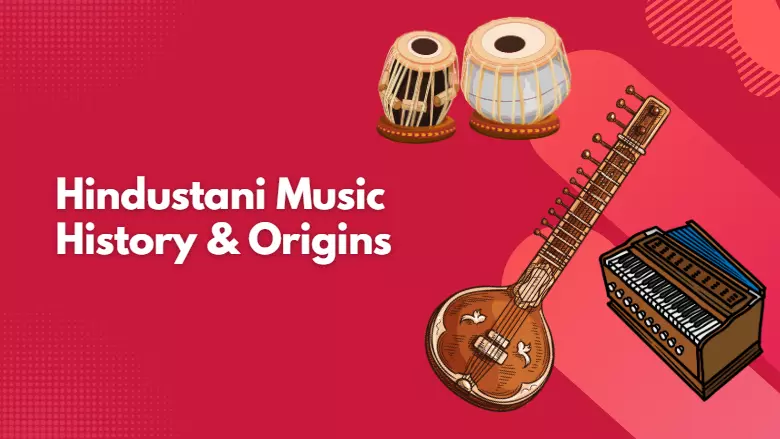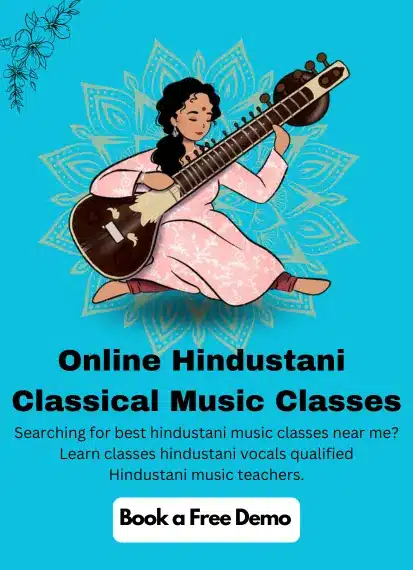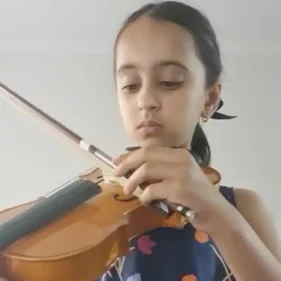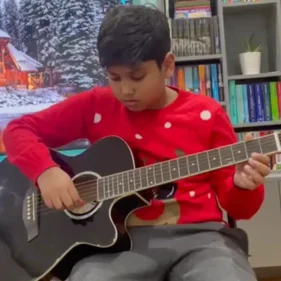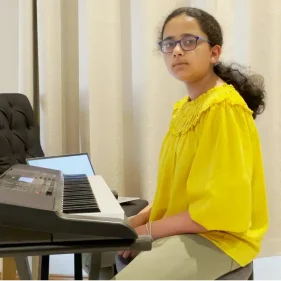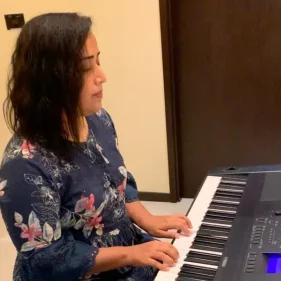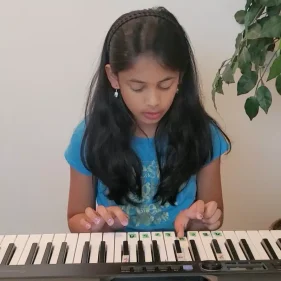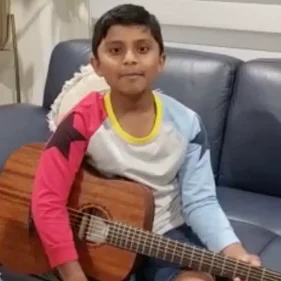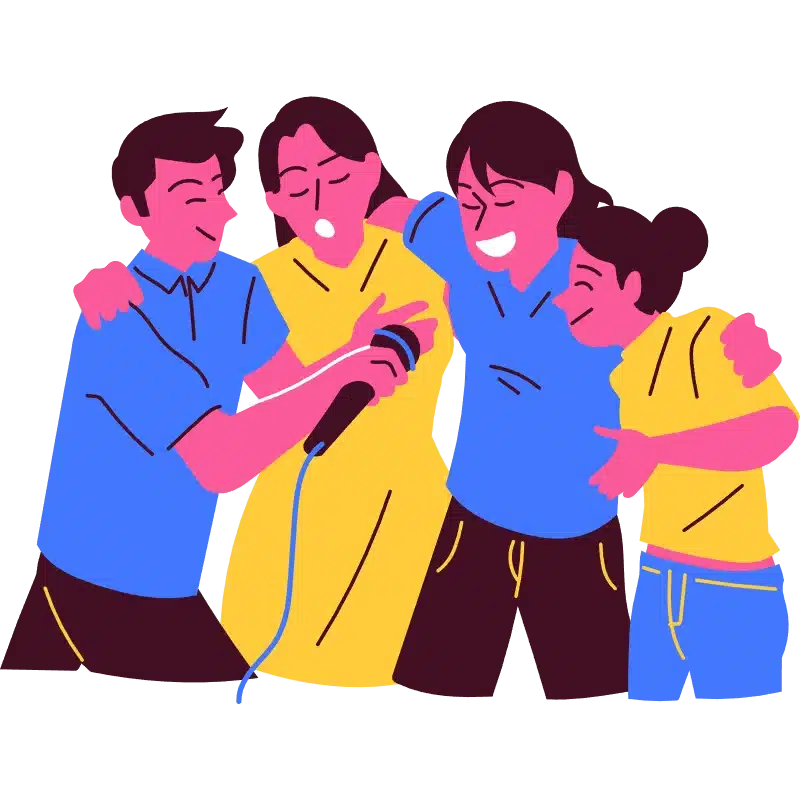Hindustani classical music is a chapter that textbook history has never talked about. However, it is that part of our culture which goes back to the 12th century.
This form of music was practiced in different parts of the North India. Before 12th century the Carnatic classical and Hindustani classical used to be one. It was only after 12th century, that the Hindustani classical form of music deviated from the Carnatic classical. Therefore, It came to be known as Hindustani classical music. In some popular opinions (means the opinions of people) it is said that after voyagers like Amir Khusrow, and the establishment of Sultan dynasty had introduced some middle eastern, Persian influence in this form of music.
Yet, truth be told, this style of Shastriya Sangeet was very much in practice when the Vedas were written. The Sam Veda was memorized by composing the literature as the lyrics and adding melodic notes to it. Hence, it is also known as the Sam geet. However, it was only after Amir Khusrow had come to India, the language of the melody started to change for the northern parts of India. His creations in Farsi language is still in practice. He basically imbibed the existing Indian Shastriya Sangeet and amalgamated it with his Persian modalities. Therefore, the Hindustani classical music kind of reincarnated in a new avatar. After it diverged from Carnatic classical and established its own form it successfully presented an enormous field made with sound and music.
Hindustani classical music is strictly based on the improvisation of the given notes where as Carnatic classical focuses more on the composition. Other than this, there is not much difference of how to define both of them. Yet, there is a huge difference in their standard perception.
Coming to Hindustani classical music, the primary notion is a musical modulation or mode or which we call, Raga. The Raga is sung, rather bound by a rhythmic cycle of time known as Tala. There are some strict connotations around how Hindustani classical. About how to sing it, or approach it. For example there are no usage of harmony, falsetto or head voice. That is what it is in it’s purest form. Although, with time there have been a number of major changes in the way people sing it today. Yet the originality states intact. The ones who sing it with discipline and genuinity, it also garners more respect from the audience and the enthusiasts.
The Principles of Hindustani Classical Music
It were compiled as well as coined in the book ‘Natyashastra’ and ‘Dattilam’ written by Bharat Muni. After that, different musical houses started practising it. They started getting the patronization of different emperors. They often used to summon the singers to perform in their ‘Rajdarbar’. The brahmins in the temples and ashrams also practised Hindustani classical music through their devotional songs.
During the beginning of the 15th century we see the emergence of the philosopher, poet and a legend of Hindustani classical Swami Haridas. He created huge number of devotional compositions. He established the style which is now called Dhrupad. It has garnered huge reputation and is performed as one of the most important forms in classical music today. Although his creations had opened up a new perspective but it was not popular until his worthy disciples took it forward. Amongst his disciples the name which comes foremost, is Miyan Tansen. Miyan Tansen, also referred to as Ramtanu Pande is one of the most pivotal personalities in Hindustani Classical Music. Other than him, there were many other worthy disciples of Swami Haridas such as, Meera Bai, Baiju Bawra etc. A number of popular ragas are known to be created by him. Such as: Kedar, Gauri, Basant etc.
Swami Haridas

Miyan Tansen
He demands a whole different mention in the history of Hindustani Classical music as he is the creator of so many ragas and had established the art of Hindustani classical singing in the national platform. He was one of the Nine Gems in the Samrat Akbar’s court. There are many mythological anecdotes about the singing of Tansen in Akbar’s court. It is said that whenever he used to sing raag Malhar, rain used to start pouring inexplicably. His rendition of raag Deepak could light all the candles in the court room. He had created many ragas which are popular in his name. Miyan ki Malhar, Miyan ki Todi, Miyan ki Sarang, Multani, Bhairavi are the few of those.
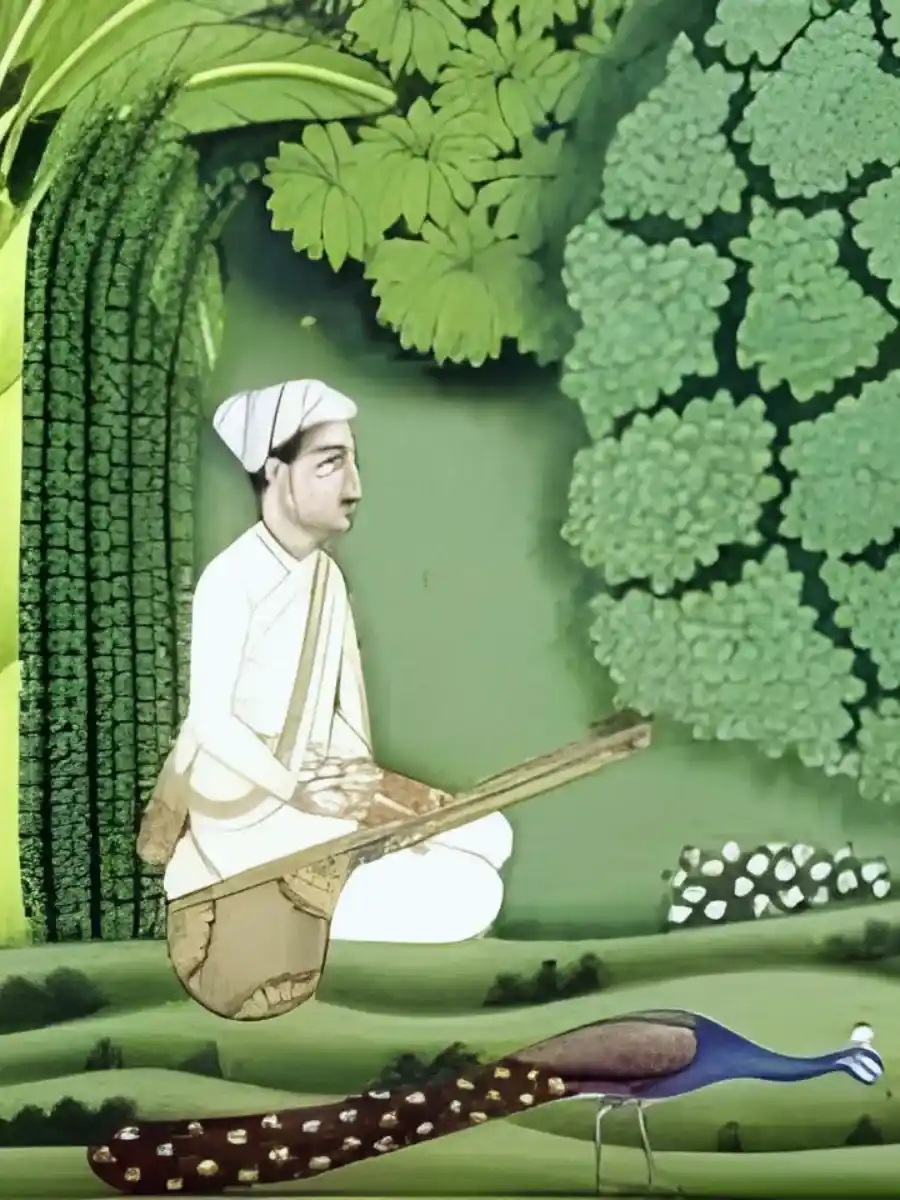
Hindustani Classical music has many branches or subgenres. In different geographical regions of the north India it has rooted different styles. Firstly, Bhajan or bhaktigeets, which became a revolutionary component in the Bhakti and Sufi movement of India. Here we see the supremacy of Saint Kabir, Mira Bai , Tulsi Das etc. Then there are subgenres such as Thumri, Tappa, Chaiti, Dadra which also have been in practice since the ancient times in different stratum of the society.
The purest form in which the ragas are rendered is called Khayal. It has a few major parts when performed. Without these elements, we can not call it a Khayal. First and foremost: Alap it is a combination of notes of any specific raga which is sung in Aakars and Nom Tome. Alap marks the initiation of the raga. Then it directly goes to the Vilambit which has lyrics and sung in a rhythm in a slow tempo. It helps in building momentum and establishes the soundscape of the raga. Then comes the Bandish. This is the main body of the raga. This is where the compositions imbibe the whole raga within themselves. We can call it the lyrical representation of the raga.
Related blog: Tips for learning hindustani vocal music

